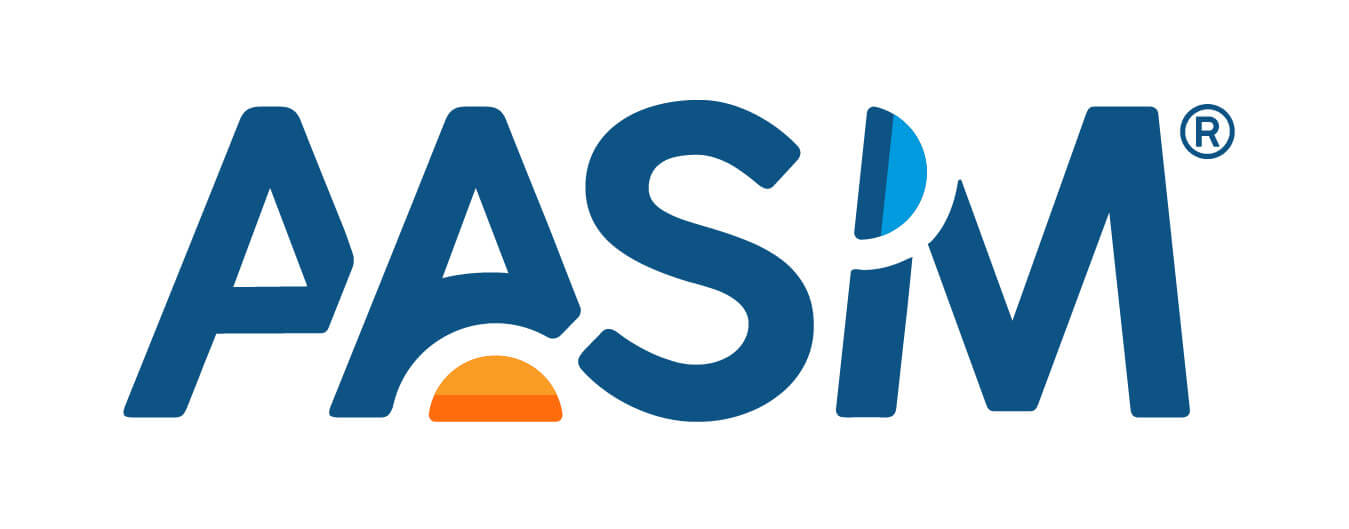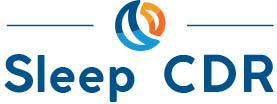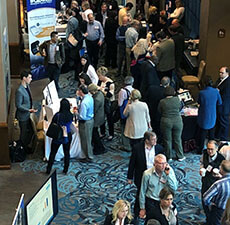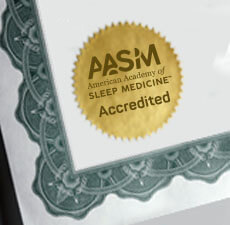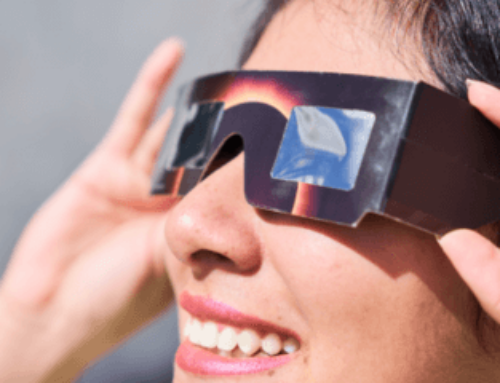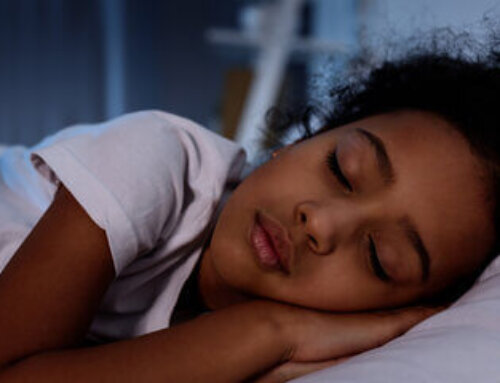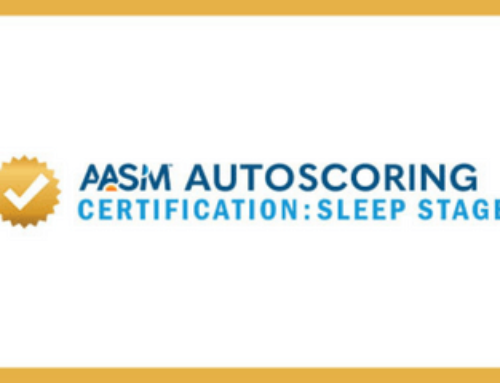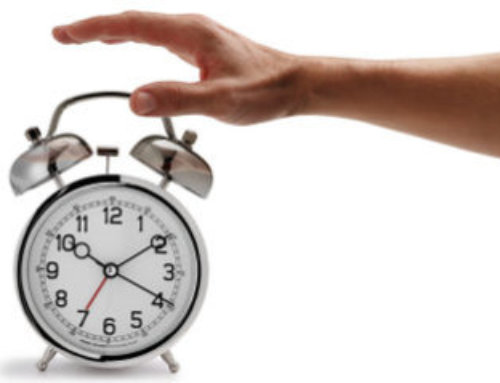Westchester, Ill. –A study in the Feb. 15 issue of the Journal of Clinical Sleep Medicine shows that the use of sleep or napping to relieve chronic pain caused by tension-type headaches could have the unwanted effect of decreasing the homeostatic drive for sleep, leading to reduced ability to initiate and maintain sleep at night. Use of sleep as a coping mechanism for pain over time could lead to the development of poor sleep hygiene and serve as a perpetuating factor for chronic insomnia.
Group comparisons on triggers of headache indicate that a significantly greater proportion of the headache group relative to the control group (58 versus 18 percent) reported sleep problems as a trigger of headaches, and women in the headache group reported a significantly higher rating of pain interfering with sleep. Eighty-one percent of women who suffer from tension-type headaches reported going to sleep as a way of managing their headaches; this method was also rated as the most effective self-management strategy for pain.
Principal investigator and lead author, Jason C. Ong, PhD, assistant professor of behavioral sciences at Rush University Medical Center, said the extent to which headache sufferers rated sleep as being an effective method for coping with pain was somewhat surprising.
“Insomnia is a common complaint among headache sufferers. While napping may relieve pain, it may also result in poor sleep hygiene, thus triggering sleep disturbance or perpetuating an insomnia episode,” said Ong.
A high proportion of both the headache and control groups (94 percent and 70 percent) reported stress as a trigger of headaches. No significant differences were found between the groups on use of medication to relieve headaches.
A total of 65 women were recruited from undergraduate psychology courses at a university located in the southeastern U.S.; 32 participants who were confirmed to have tension-type headaches, as classified by the International Headache Society System, were placed in a headache group, and 33 were classified as controls who experience minimal pain. The average age of members of the headache group was 21.9 years, while the average age of the control group was 18.9 years.
The average time since the first headache of any type was 9.4 years for participants in the headache group, with an average of 8.11 headache days per month. Participants reported an average of 12.2 tension-type headaches over the past year, and 2.1 tension-type headaches in the past month, with a median duration of 2.0 hours. The average tension-type headache intensity rating using a 0-to-10 scale was 5.6. Six participants in the headache group also met criteria for migraine disorder.
Secondary analyses were conducted on self-report data from participants who completed a psychophysiologic assessment investigating the pattern of physiologic, affective and behavioral responses to a picture-viewing task. All participants completed a research questionnaire packet that included measures pertaining to pain history and pain coping strategies. Electromyographic (EMG) activity, self-reported affect and self-reported oral motor behaviors were also analyzed.
The authors conclude that the assessment of daytime napping behaviors among individuals who report insomnia and headaches may be important for developing behavioral sleep interventions. They also note that clinicians should be aware of the challenges of managing pain without causing sleep disturbances.
A media fact sheet about insomnia is available from the AASM at https://www.aasm.org/resources/FactSheets/Insomnia.pdf, and information for patients and the public is available at http://www.sleepeducation.com/Disorder.aspx?id=42.
The Journal of Clinical Sleep Medicine (JCSM) contains published papers related to the clinical practice of sleep medicine, including original manuscripts such as clinical trials, clinical reviews, clinical commentary and debate, medical economic/practice perspectives, case series and novel/interesting case reports. In addition, the JCSM publishes proceedings from conferences, workshops and symposia sponsored by the American Academy of Sleep Medicine or other organizations related to improving the practice of sleep medicine
For a copy of the study, “Pain-Coping Strategies for Tension-Type Headache: Possible Implications for Insomnia?” or to arrange an interview with an AASM spokesperson, please contact Kelly Wagner, AASM public relations coordinator, at (708) 492-0930, ext. 9331, or kwagner@aasm.org.
AASM is a professional membership organization dedicated to the advancement of sleep medicine and sleep-related research. As the national accrediting body for sleep disorders centers and laboratories for sleep related breathing disorders, the AASM promotes the highest standards of patient care. The organization serves its members and advances the field of sleep health care by setting the clinical standards for the field of sleep medicine, advocating for recognition, diagnosis and treatment of sleep disorders, educating professionals dedicated to providing optimal sleep health care and fostering the development and application of scientific knowledge.
###
